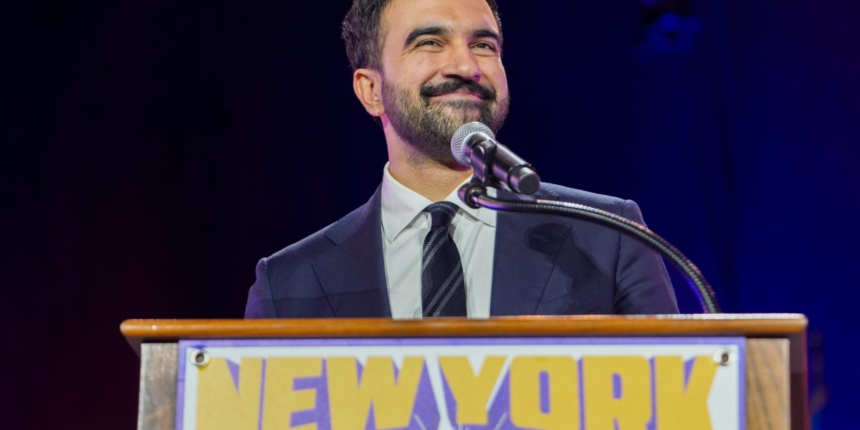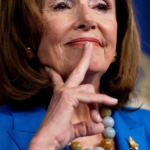“If younger leaders are reporting significantly higher levels of recognition, psychological safety, and innovation encouragement in their own roles, it’s likely they’ll bring those same practices to how they lead their teams.”
Not only could Mamdani’s younger age shape his leadership style, but the policies that follow.
“The next generation of leaders aren’t afraid to challenge the status quo to bring new ideas to the table, care deeply about their work, but still prioritize work-life balance and wellbeing,” Granger added.
“I think that it is important that we also allow for remote-work provisions and I think that’s been critical in adapting to the flexibility that has become an innate part of people’s lives,” he said to Bloomberg.
Just as Mamdani aims to improve the lives of young people more broadly, those working under him could see a noticeable shift in how the workplace is run.
“Millennial leaders, in particular, have played a key role in normalizing flexible schedules and empathetic management, creating a workplace culture that aligns well with Gen Z’s expectations,” Indeed’s Workplace Trends Editor, Priya Rathod told Fortune.
Rathod added that some of those Gen Z and millennial preferences include professionals who tend to prioritize work-life balance, values-driven decision-making, and digital fluency.
“At times, these differing approaches can lead to tension, but they also present opportunities for cross-generational learning and innovation,” she added.
“Ultimately, the most effective leadership strategies today are those that embrace generational differences, promote mutual respect, and adapt to evolving workforce needs,” Granger echoed.









